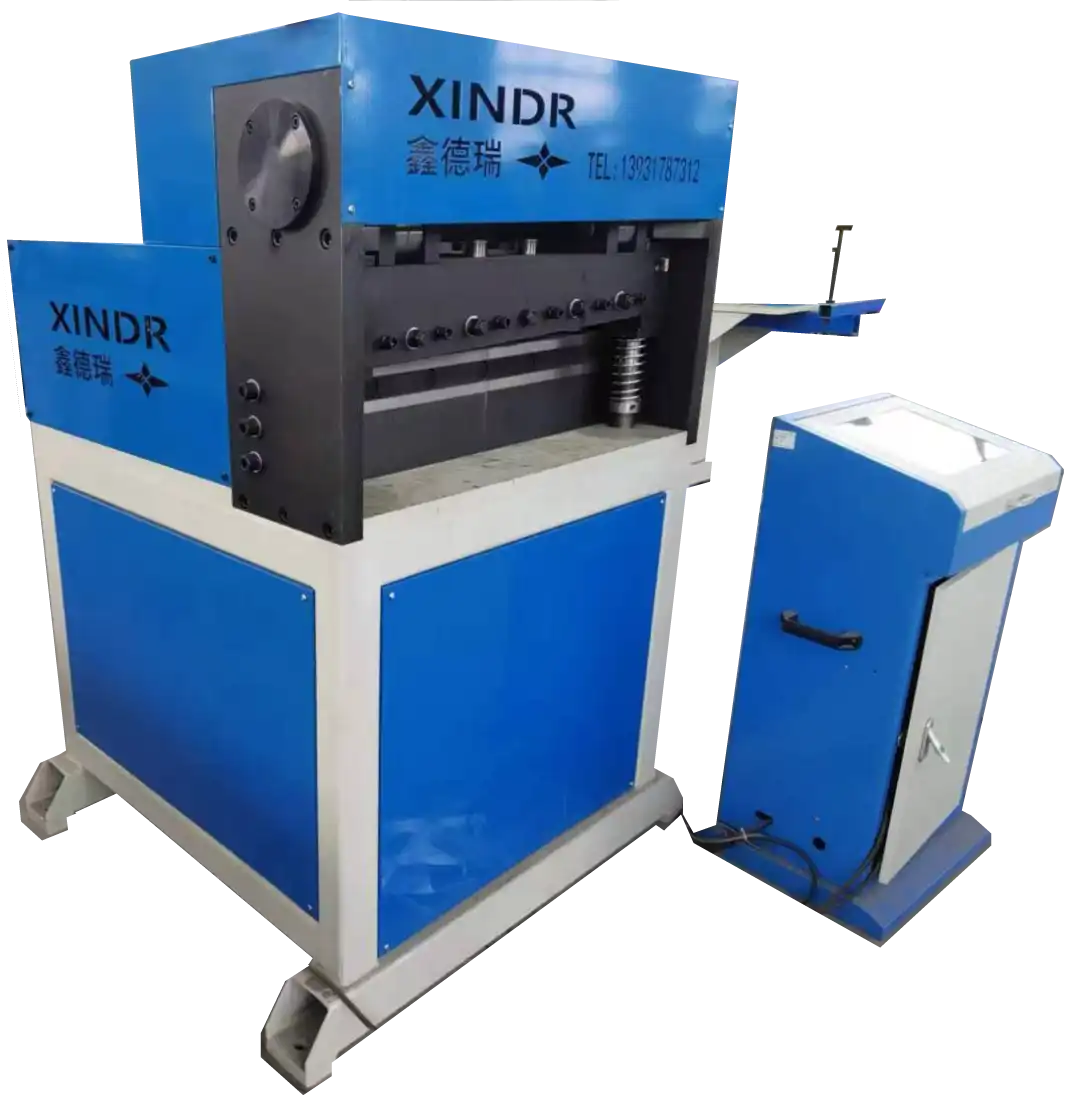



swimming pool water care
Caring for Your Swimming Pool A Comprehensive Guide to Water Maintenance
Owning a swimming pool can be a dream come true, providing a refreshing oasis during hot summer days. However, maintaining the water quality of your pool can be a challenge. Proper water care is essential to ensure a safe, clean, and inviting swimming environment. Here, we will explore key aspects of swimming pool water care, including water chemistry, filtration, and regular maintenance practices.
Understanding Water Chemistry
Maintaining balanced water chemistry is crucial for the health of your pool and its users. The primary factors to monitor are pH, alkalinity, and chlorine levels.
1. pH Level The pH scale ranges from 0 to 14, with 7 being neutral. The ideal pH range for pool water is typically between 7.2 and 7.8. If the pH is too low (acidic), it can cause skin irritation and corrosion of pool equipment. Conversely, a high pH (alkaline) can lead to cloudy water and reduced chlorine efficiency. Regular testing of pH levels is essential, and adjustments can be made using pH increasers or decreasers.
2. Alkalinity Total alkalinity acts as a buffer for pH levels. Ideally, alkalinity should be in the range of 80 to 120 parts per million (ppm). Maintaining proper alkalinity helps stabilize pH levels, making it easier to manage water chemistry.
3. Chlorine Levels Chlorine is a vital sanitizer that kills harmful bacteria and algae. The recommended free chlorine level for pool water is typically between 1 and 3 ppm. Regularly checking chlorine levels and adding chlorine as needed is essential to keep the water safe for swimming.
Filtration System Maintenance
A well-functioning filtration system is critical for keeping your pool water clean and clear
. The filter removes debris and particles, while also helping to circulate the water, ensuring that chemicals are evenly distributed.1. Types of Filters There are three main types of pool filters sand filters, cartridge filters, and diatomaceous earth (DE) filters. Each has its own advantages, but all require regular maintenance, including cleaning and replacing parts when necessary.
swimming pool water care

2. Cleaning Your Filter Depending on the type of filter and the amount of usage, clean or backwash your filter regularly to maintain efficiency. For cartridge filters, removing and rinsing the cartridges can help maintain performance.
3. Pump Operation Your pool pump plays a vital role in circulation. Running the pump for approximately 8 to 12 hours a day, especially during hot weather, helps ensure effective filtration and water clean-up.
Regular Maintenance Practices
In addition to monitoring chemical levels and maintaining filters, there are other essential maintenance tasks that pool owners should perform regularly.
1. Skimming and Brushing Use a skimmer net to remove leaves, debris, and insects from the surface of the water. Regularly brushing the walls and floor of the pool helps prevent algae buildup and keeps surfaces clean.
2. Vacuuming Employ a manual or automatic pool vacuum to remove sediment and dirt from the bottom of the pool. Frequent vacuuming can significantly improve water clarity.
3. Shock Treatments Periodically shocking your pool—adding a large amount of chlorine—helps eliminate contaminants and restores water quality. This should be done following heavy use or after heavy rainfall, which can introduce unwanted elements into your pool.
Conclusion
Caring for your swimming pool requires a consistent effort, but the rewards are well worth it. By understanding and managing water chemistry, maintaining your filtration system, and adhering to a regular cleaning schedule, you can ensure that your swimming pool remains a safe and enjoyable retreat for family and friends. With proper care, your swimming pool can provide countless hours of enjoyment for years to come.
-
Why Strontium Carbonate Still MattersNewsJun.06,2025
-
Why BaSO4 MattersNewsJun.06,2025
-
Why Barium Carbonate Still MattersNewsJun.06,2025
-
Strontium Hydroxide: A Versatile Compound for Modern ApplicationsNewsJun.06,2025
-
Strontium Chloride in Daily IndustryNewsJun.06,2025
-
Pure Potassium Nitrate for SaleNewsJun.06,2025
-
What Is Sodium Bisulfate Used For?NewsMay.15,2025










